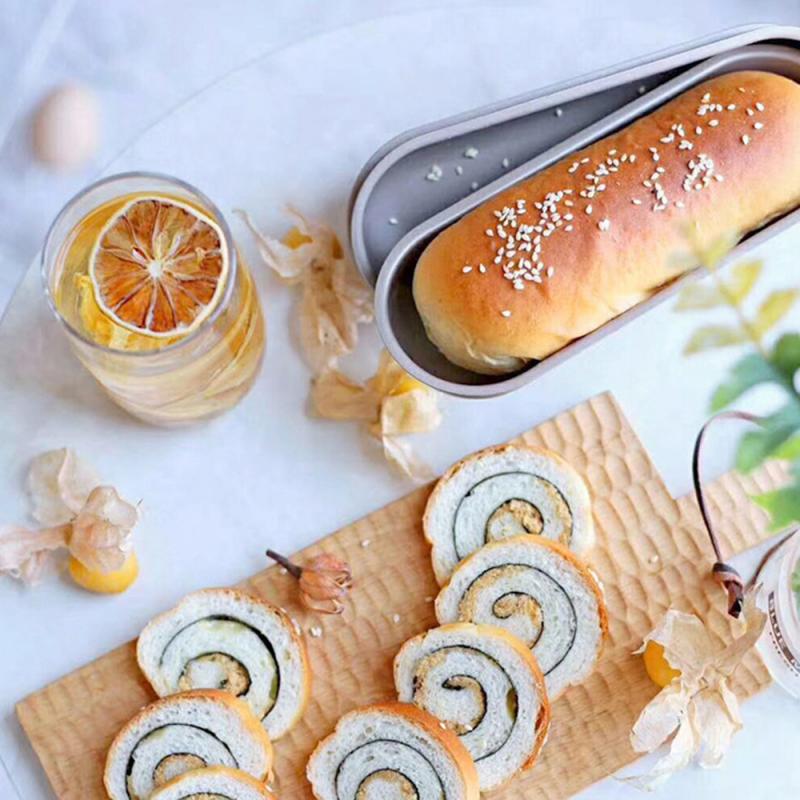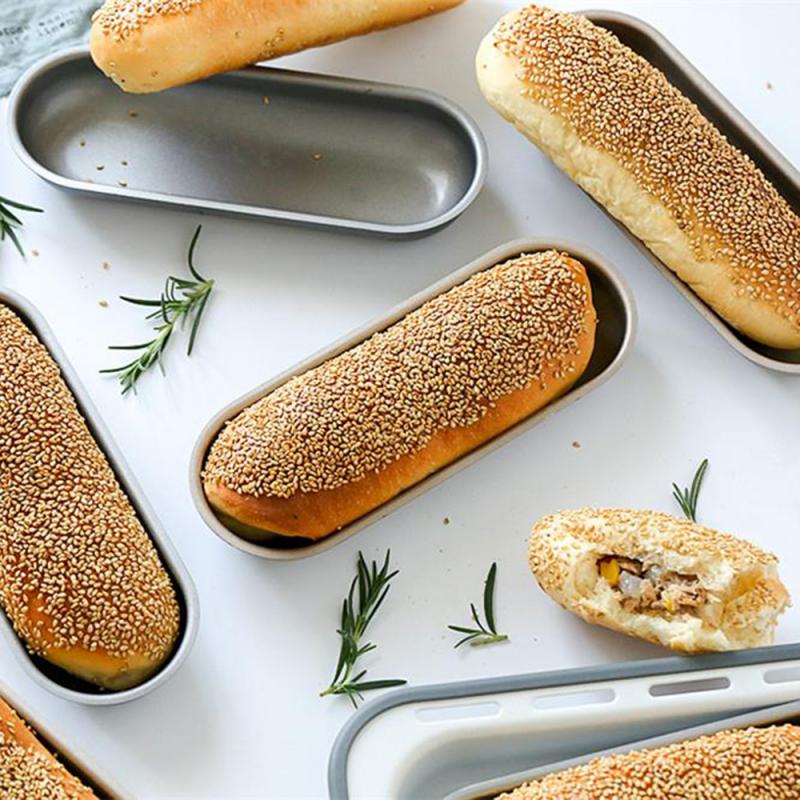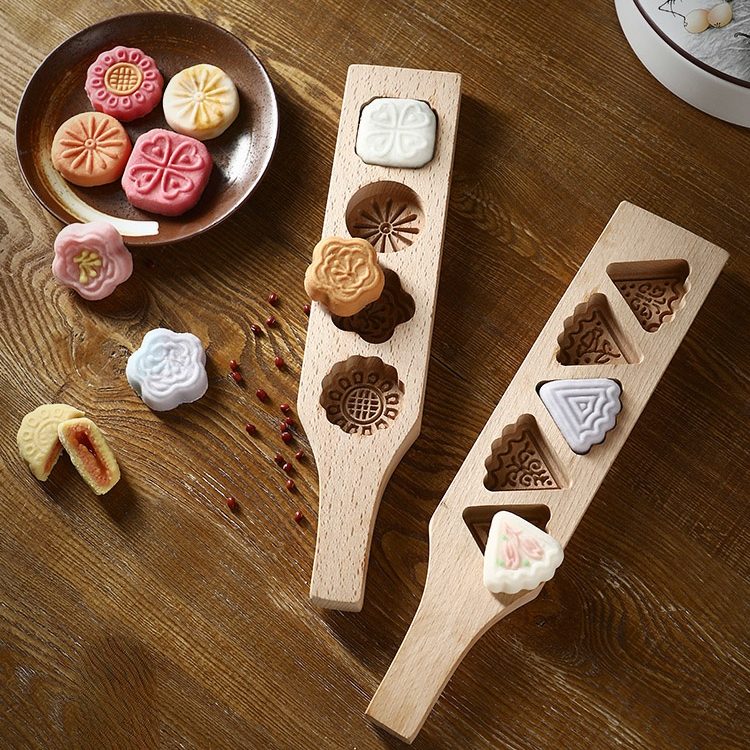Bakeware
Baking Tips and Tricks: Getting the Most Out of Your Bakeware
Baking is a delightful and rewarding hobby that fills your home with delicious aromas and creates mouthwatering treats to share with family and friends. Whether you’re a seasoned baker or just starting out, having the right bakeware and knowing how to use it effectively can make a significant difference in your baking results. In this comprehensive guide, we’ll explore essential baking tips and tricks to help you get the most out of your bakeware, ensuring that every bake is a success.

1. Choosing the Right Bakeware
The first step to successful baking is selecting the right bakeware. Here’s what you need to consider:
Material Matters: Bakeware comes in various materials, including metal, glass, ceramic, and silicone. Each material has its pros and cons:
- Metal Bakeware: Aluminum and stainless steel are excellent conductors of heat, ensuring even baking. Non-stick coatings make for easy cleanup, but be cautious with utensils that can scratch the surface.
- Glass Bakeware: Glass retains heat well, making it great for casseroles and dishes that need to stay warm. However, it can take longer to heat up and cool down.
- Ceramic Bakeware: Ceramic is perfect for slow, even baking. It’s also beautiful for serving. Just be mindful of sudden temperature changes that can cause cracking.
- Silicone Bakeware: Flexible and non-stick, silicone bakeware is easy to use and clean. It’s great for intricate molds and shapes, but may require a baking sheet for stability.
Size and Shape: Different recipes call for different sizes and shapes of bakeware. Stock your kitchen with a variety of pans, including round cake pans, square baking dishes, loaf pans, muffin tins, and baking sheets. Having a diverse collection will ensure you’re prepared for any recipe.
2. Preparing Your Bakeware
Properly preparing your bakeware is crucial for achieving the best results and avoiding frustration.

Grease and Line: To prevent sticking, grease your bakeware with butter or cooking spray, and consider lining with parchment paper for extra protection. This is especially important for cakes and loaves.
Preheat Your Oven: Always preheat your oven before placing your bakeware inside. This ensures that your bake starts at the right temperature and bakes evenly.
Avoid Overfilling: Fill your pans only up to two-thirds full to allow room for rising. Overfilling can lead to overflow and uneven baking.
3. Mastering Baking Techniques
Understanding and mastering baking techniques can take your skills to the next level.
Measure Accurately: Baking is a science, and accurate measurements are key. Use a kitchen scale for precise measurements, especially for ingredients like flour and sugar.
Room Temperature Ingredients: Bring ingredients like butter, eggs, and milk to room temperature before baking. This helps them mix more evenly and results in better texture and rise.
Mixing Matters: Overmixing can lead to tough, dense baked goods. Mix until ingredients are just combined, especially when working with flour. For delicate batters, gently fold in ingredients.
Use an Oven Thermometer: Oven temperatures can vary, and the built-in thermometer may not be accurate. Invest in an oven thermometer to ensure your oven is at the correct temperature.
Rotate Your Bakeware: For even baking, rotate your bakeware halfway through the baking time. This is particularly important for items like cookies and cakes.
Test for Doneness: Use a toothpick or cake tester to check for doneness. Insert it into the center of your baked good; if it comes out clean or with a few crumbs, it’s done. For bread, it should sound hollow when tapped.
4. Baking Tips for Specific Bakeware
Different types of bakeware require specific tips and tricks to get the best results.
Cakes and Muffins:
- Prevent Doming: To avoid domed tops, bake cakes and muffins at a slightly lower temperature for a longer time. This ensures even rising and a flat surface for decorating.
- Cooling Tips: Let cakes cool in the pan for 10-15 minutes before transferring them to a wire rack. This prevents them from breaking apart.
Cookies and Bars:
- Chill the Dough: For perfectly shaped cookies, chill the dough for at least 30 minutes before baking. This helps prevent spreading.
- Line Baking Sheets: Line baking sheets with parchment paper or silicone baking mats for easy cleanup and even baking.
Bread and Loaves:

- Create Steam: For a crispy crust, place a shallow pan of water in the oven while baking bread. The steam will help achieve a beautiful crust.
- Proper Proofing: Allow bread dough to proof in a warm, draft-free area. Proper proofing ensures a good rise and airy texture.
Pies and Tarts:
- Blind Baking: To prevent soggy bottoms, blind bake your pie crusts by lining them with parchment paper and filling with pie weights or dried beans. Bake until lightly golden before adding fillings.
- Chill Dough: Keep pie and tart dough chilled until ready to bake. This prevents shrinking and ensures a flaky crust.
5. Cleaning and Maintaining Your Bakeware
Proper care and maintenance of your bakeware will extend its lifespan and keep it performing at its best.
Hand Wash When Possible: Although many bakeware items are labeled dishwasher-safe, hand washing with mild soap and warm water is gentler and helps maintain non-stick coatings.
Avoid Abrasive Cleaners: Use soft sponges or cloths to clean bakeware. Avoid abrasive cleaners and scrubbers that can damage the surface.
Store Properly: Store bakeware in a dry, cool place. Stack pans with protective layers, like kitchen towels, to prevent scratching and dents.
Seasoning Cast Iron: If you use cast iron bakeware, make sure to season it regularly. This involves coating it with a thin layer of oil and baking it to create a non-stick surface.
6. Troubleshooting Common Baking Problems
Even with the best bakeware and techniques, baking mishaps can happen. Here are some common issues and how to fix them:
Uneven Baking:
- Ensure your oven is properly calibrated.
- Rotate bakeware halfway through baking.
- Avoid overcrowding the oven.
Sticking to the Pan:
- Properly grease and line your bakeware.
- Allow baked goods to cool slightly before attempting to remove them.
Overcooked or Undercooked Centers:
- Use an oven thermometer to check temperature accuracy.
- Test for doneness with a toothpick or cake tester.
Cracked Tops:
- Bake at a lower temperature to avoid rapid rising.
- Ensure ingredients are at room temperature to promote even mixing.

7. Creative Uses for Bakeware
Your bakeware isn’t limited to traditional baking tasks. Here are some creative ways to use your bakeware:
Meal Prep: Use muffin tins to prepare and freeze individual portions of meals, like quiches or meatloaf.
Serving Trays: Display baked goods or other treats on decorative baking sheets or trays for a rustic, charming presentation.
Ice Molds: Use silicone bakeware to create fun-shaped ice cubes or frozen treats for parties.
Craft Projects: Repurpose old bakeware for craft projects, like making candle holders or organizers.
8. Conclusion
Baking is a wonderful way to express creativity, bring joy to others, and create delicious treats. By choosing the right bakeware, mastering essential techniques, and taking proper care of your tools, you can elevate your baking game and achieve consistently great results. Remember, practice makes perfect, and each baking experience is an opportunity to learn and improve. So, grab your favorite bakeware, try out these tips and tricks, and enjoy the sweet rewards of your efforts.
Happy baking!

